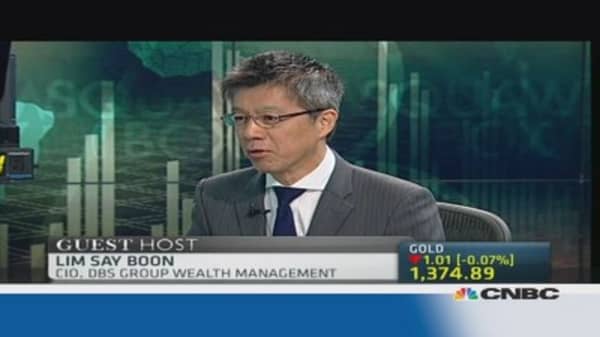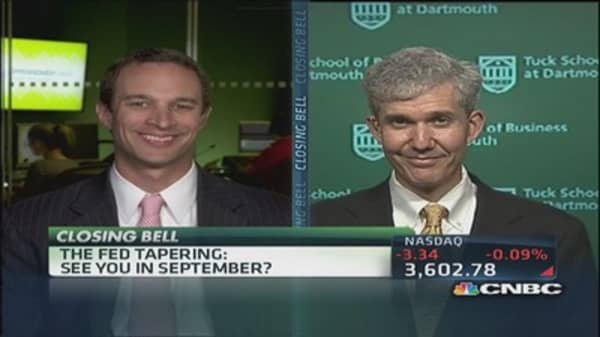As markets continue to speculate over exactly when the U.S. Federal Reserve will wind down its massive monetary stimulus plan, one economist says there is too much 'navel gazing' over whether the tapering move comes in September or December.
"Remember, we have $85 billion per month in terms of quantitative easing, and we're not talking about all of that going out of the window immediately," said Lim Say Boon, CIO of DBS Group Wealth Management.
(Read more: Will US yield spike derail tapering plans?)
Even if Fed tapering begins in September at a reduction of $10 billion incrementally a month, which means subsequently taking off $20 billion in October and $30 billion in November, Lim said the real impact on yields won't be much when December comes round.
"If you look at the research done over the impact of quantitative easing on U.S. Treasury yields, the conclusions are that each $100 billion of QE translates roughly to 5 basis points worth of U.S. Treasury yield," Lim said.


.530x298.jpg?v=1376883496)



